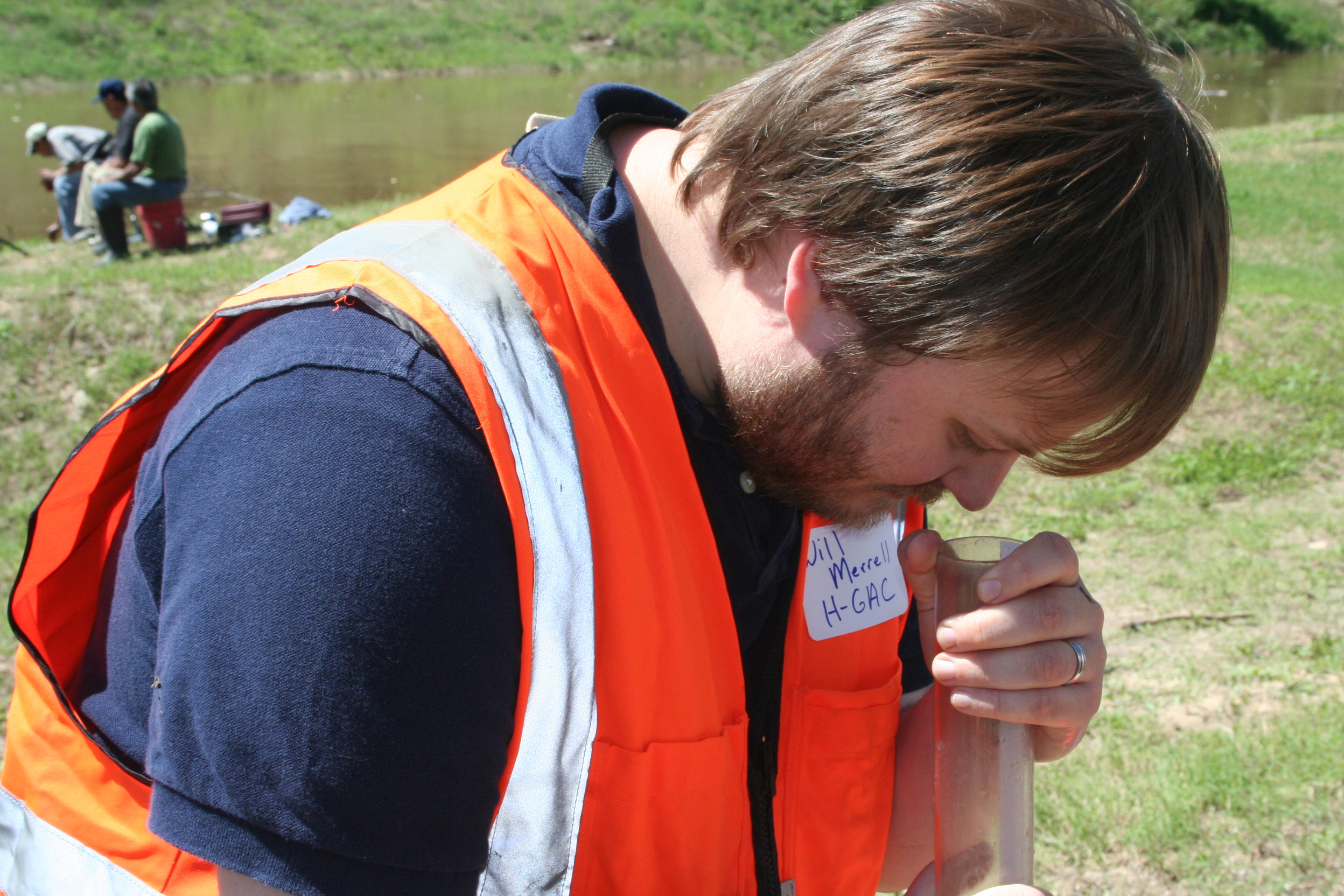Watershed Summaries
Watershed Summaries include water quality information for each formally defined stream segment in the basins for which the Houston-Galveston Area Council (H-GAC) conducts or manages monitoring, water quality assessment, and stakeholder outreach. Water quality impairments and concerns are identified in the Texas Integrated Report of Surface Water Quality (IR) for Clean Water Act Sections 305(b) and 303(d). The IR is a comprehensive evaluation of the condition of surface waters in Texas. It is based on historical monitoring data and provides resource managers with a tool for making informed decisions when directing agency programs. It identifies water bodies that are not meeting standards set for their use in the Texas Surface Water Quality Standards, published in Title 30, Chapter 307 of the Texas Administrative Code (TAC). The Federal Clean Water Act requires the Texas Commission on Environmental Quality (TCEQ) to submit an updated IR to the U.S. Environmental Protection Agency (EPA) every two years. H-GAC used the most recently approved 2014 IR for the 2016 Basin Summary Report (BSR).
Watershed Summaries for each segment can be accessed through the interactive watershed map or through segment list on the Frog Chart. To access summaries through the map, click on the watershed area you are interested in. A pop-up window will appear with a link to the watershed summary document. Each watershed summary includes the following information:
- Segment Number
- Segment Name
- Segment Length
- Watershed Area
- Designated Uses
- Number of Active Monitoring Stations
- Texas Stream Team Monitors
- Permitted Outfalls
- Degree of Impairment (by percent of stream or water body impaired)
- FY 2014 Active Monitoring Stations
- Standards and Screening Criteria
- Water Quality Issues
- Segment Discussion

The Water Quality Issues summary tables include an overview of each water quality issue affecting the watershed, a comparison of impairments and concerns identified in the 2014 IR, descriptions of the affected areas, possible causes and influences or concerns voiced by stakeholders, and possible solutions or actions to be taken. The summary tables are followed by narrative segment discussions of watershed characteristics, water quality issues, special studies and projects completed in the watershed, water quality trends, and recommendations.
Watershed maps and links to statistical graphs accompany the discussions to illustrate spatial variability and water quality trends that H-GAC considers important or unexpected. Typically, graphs are a plotted measure of parametric values over time where the trend is statistically significant. Some graphs may also include additional parameters that are believed to be associated with the critical parameter plotted (ex. a graph showing Dissolved Oxygen (DO) trends over time may also incorporate instantaneous flow data to help readers better visualize the relationship between DO and flow). In some cases, the annual median or geometric mean, rather than individual measurements, are plotted. Flow data from a United States Geological Survey (USGS) gauging station has been added to the charts when the station is associated with the TCEQ monitoring station.